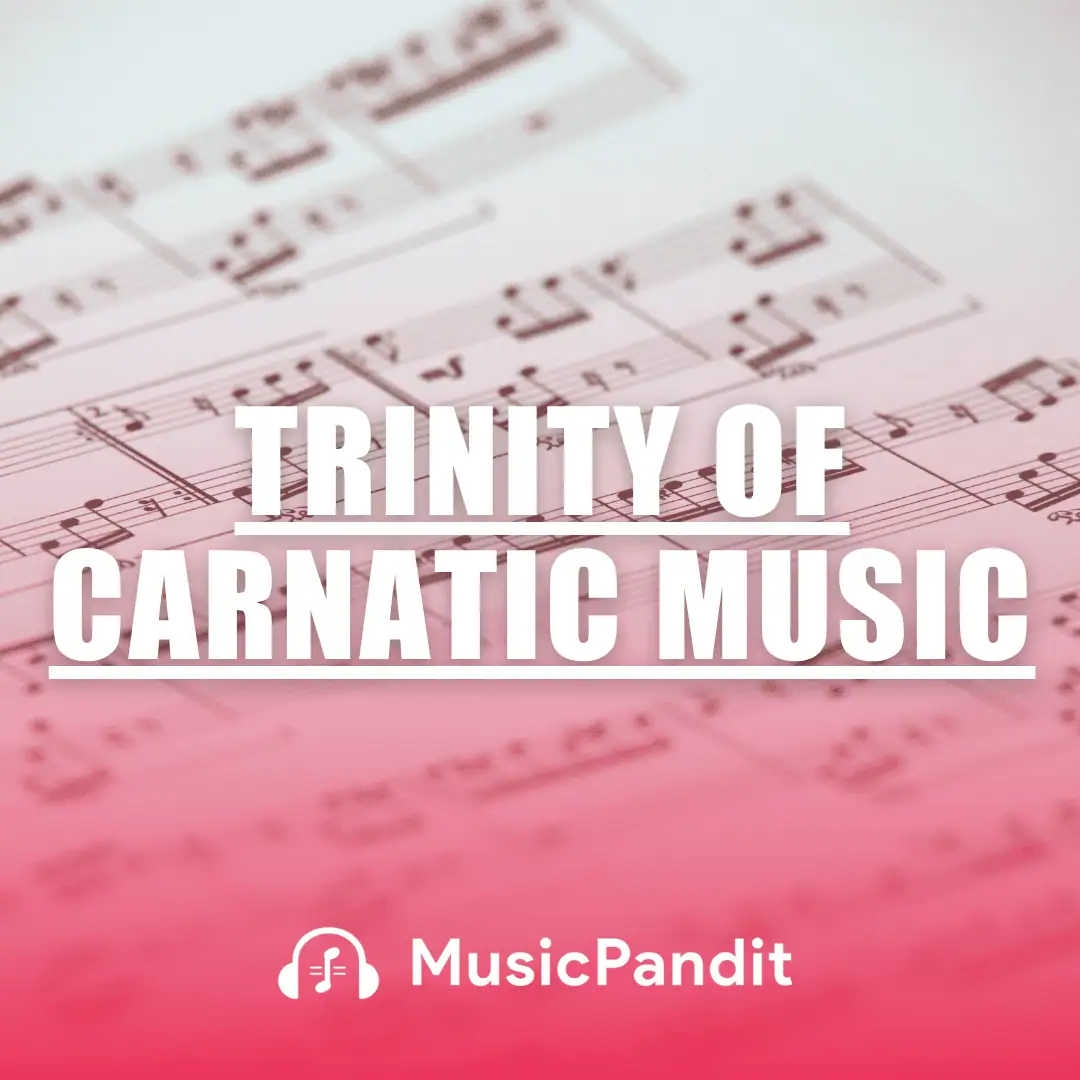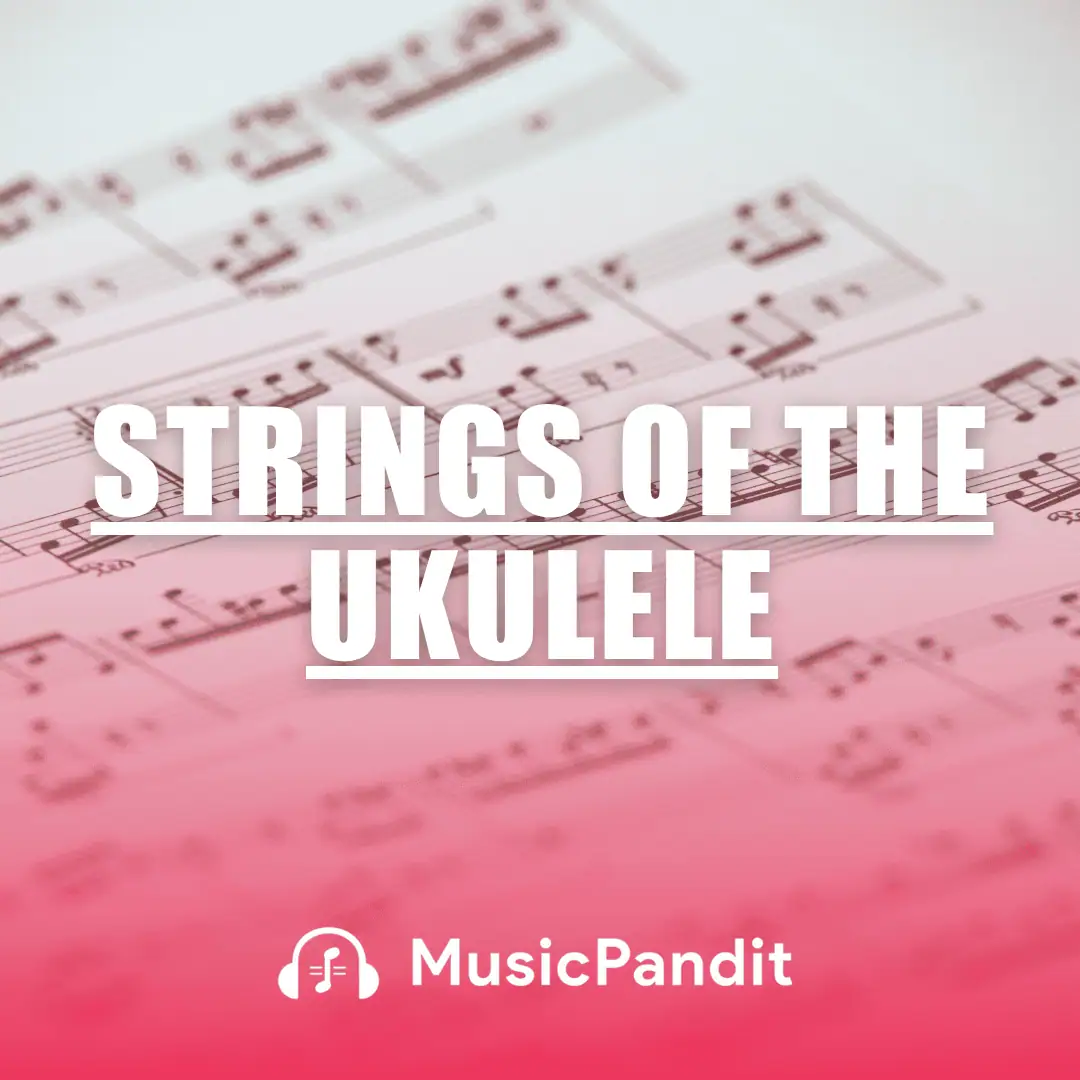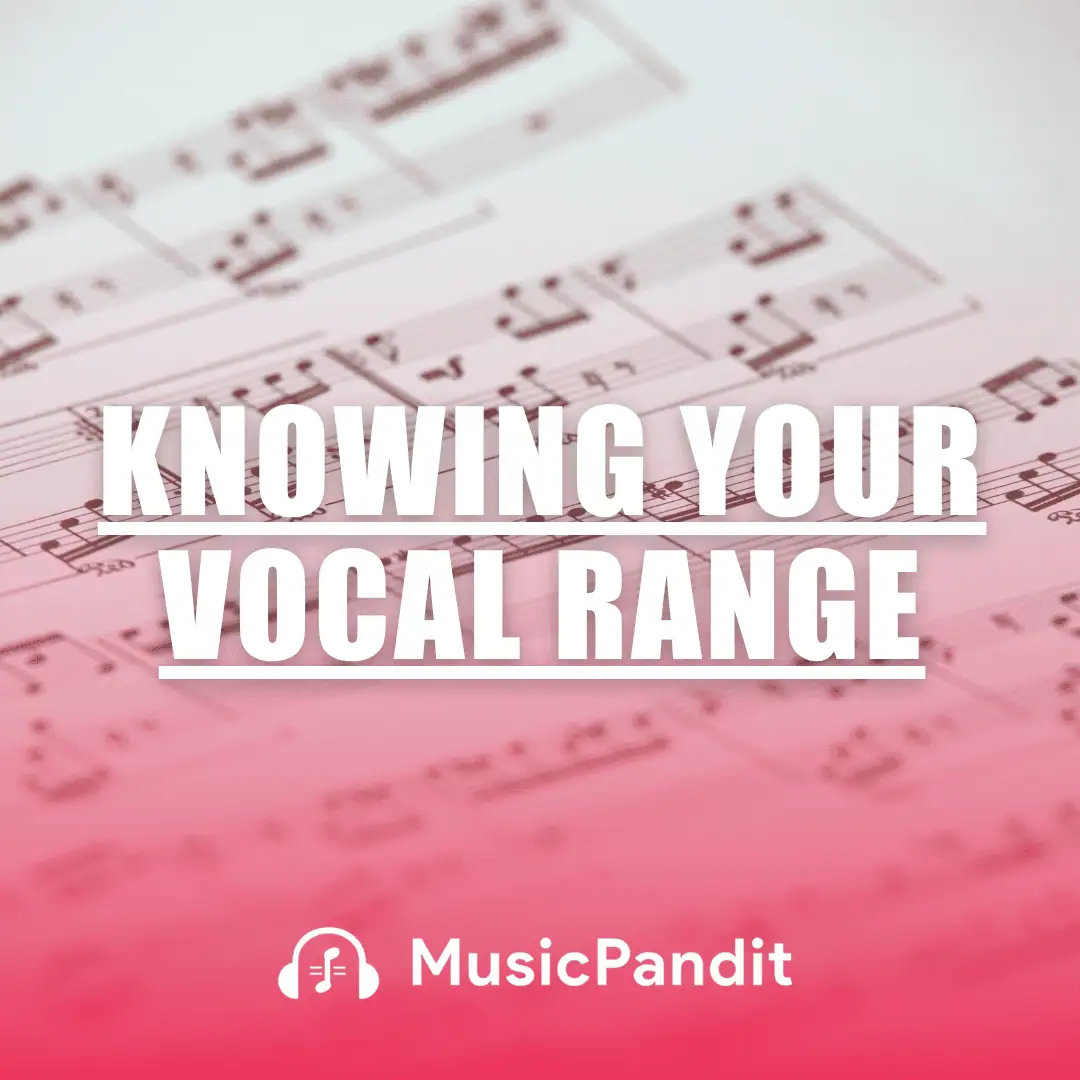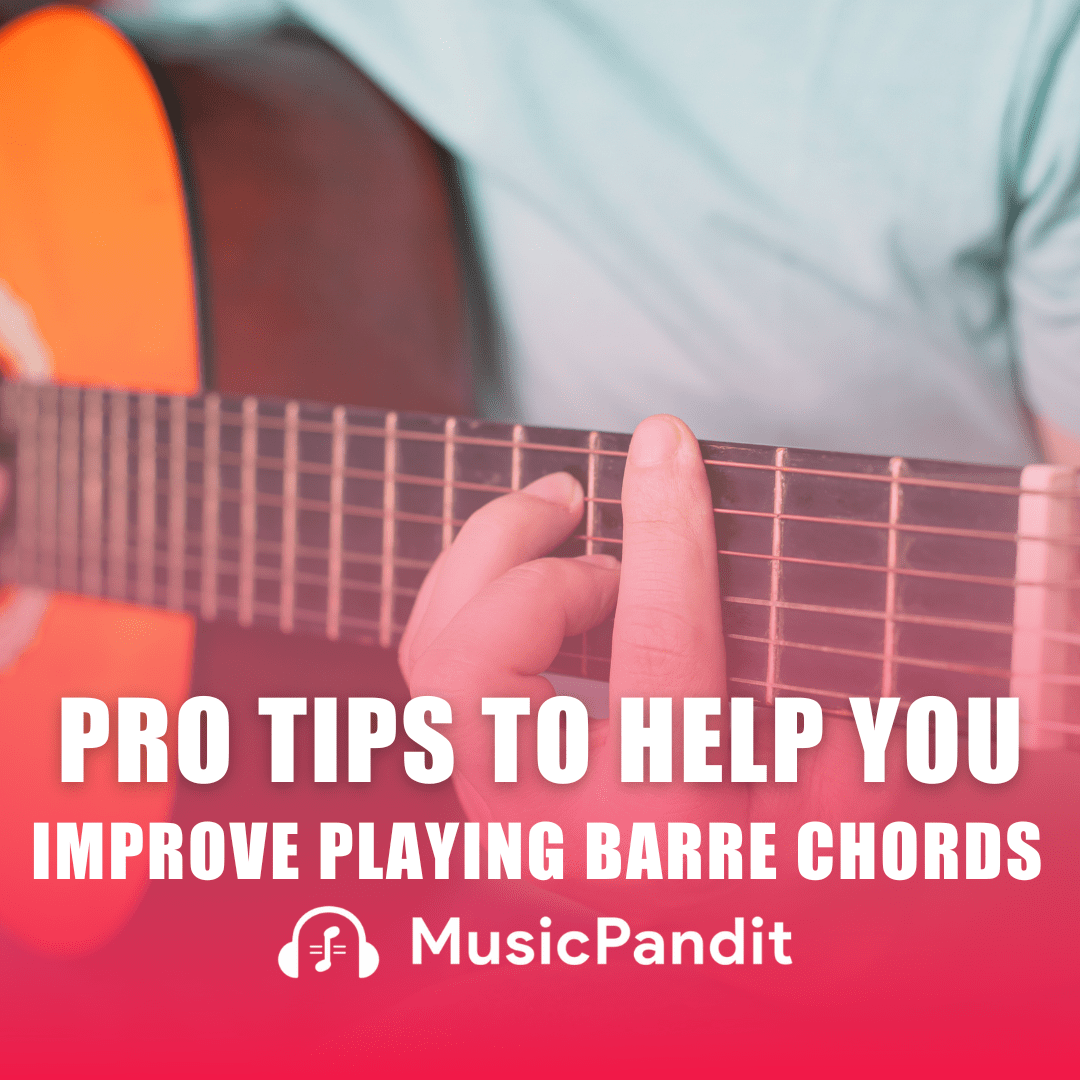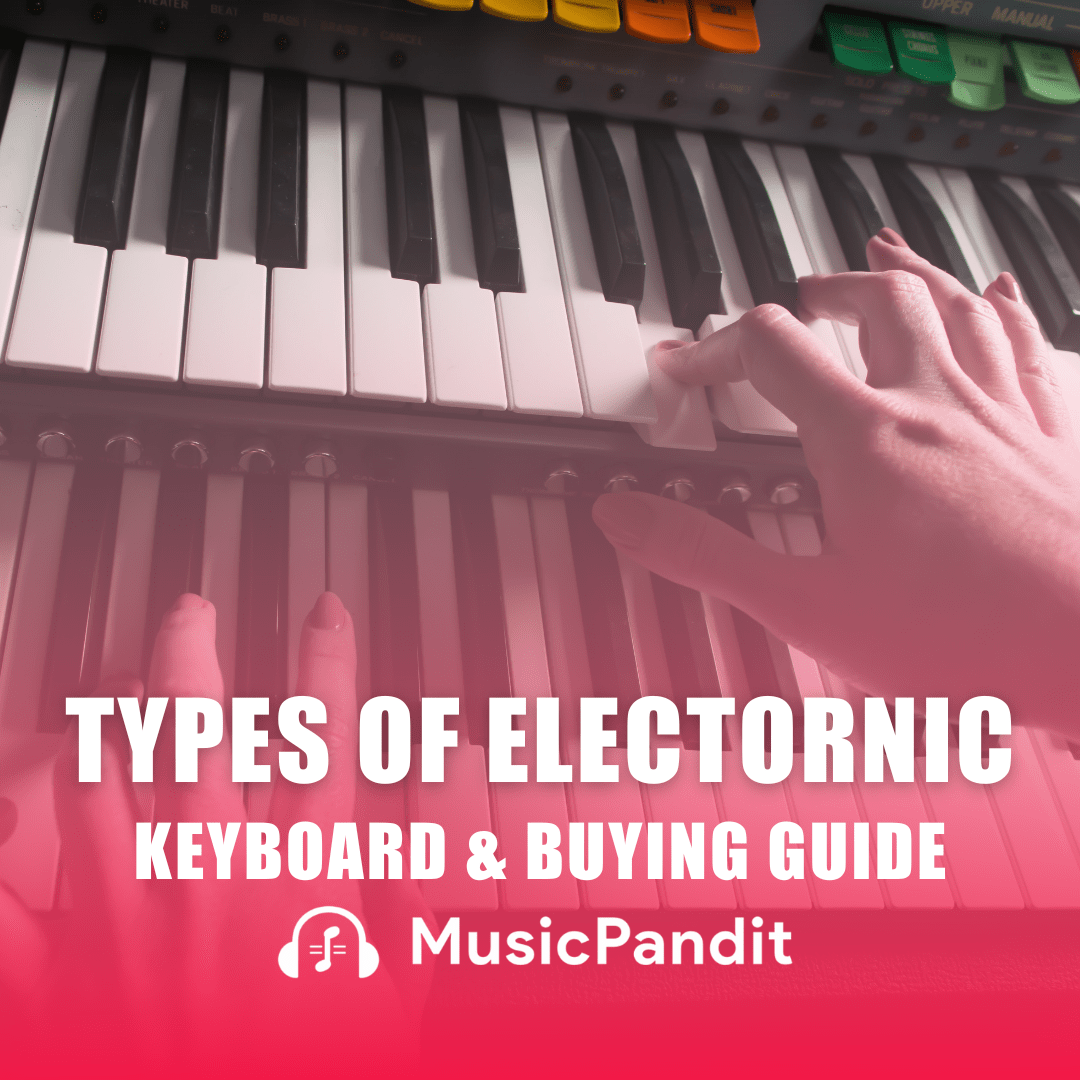In the world of music, the staff is the fundamental framework upon which all musical notes and symbols are written. It serves as the foundation for reading and writing music, making it essential for every aspiring musician to understand its structure and purpose.
What is a Musical Staff?
A musical staff, also known as a stave, is a set of five horizontal lines and four spaces that represent different musical pitches. Notes are placed on these lines and spaces to indicate their pitch. The staff allows musicians to read and interpret music accurately.
Components of the Musical Staff
1. Lines and Spaces
The staff consists of five lines and four spaces. Each line and space corresponds to a specific musical note. The notes on the lines and spaces are determined by the clef symbol placed at the beginning of the staff.
2. Clefs
Clefs are symbols placed at the beginning of the staff to indicate the pitch of the notes. The most common clefs are:
- Treble Clef (G Clef): Indicates that the second line from the bottom of the staff represents the note G above middle C.
- Bass Clef (F Clef): Indicates that the second line from the top of the staff represents the note F below middle C.
- Alto Clef (C Clef): Indicates that the middle line of the staff represents middle C.
- Tenor Clef (C Clef): Indicates that the second line from the top represents middle C.
Clefs are essential for determining the pitch of notes on the staff.
3. Ledger Lines
Ledger lines are short lines added above or below the staff to extend its range. They are used to notate pitches that are too high or too low to be written on the standard staff.
Importance of the Musical Staff
The musical staff is crucial for several reasons:
- Pitch Representation: It provides a visual representation of musical pitches, allowing musicians to read and interpret music accurately.
- Standardization: It standardizes music notation, enabling musicians worldwide to read and perform music consistently.
- Communication: It serves as a universal language for composers and performers to communicate musical ideas.
Uses and Benefits
Understanding the musical staff offers numerous benefits:
- Reading Music: It enables musicians to read and interpret written music, facilitating learning and performance.
- Composing Music: It allows composers to write down their musical ideas clearly and accurately.
- Transposing Music: It aids in changing the key of a piece, making it suitable for different instruments or vocal ranges.
- Understanding Musical Structure: It helps in analyzing and understanding the structure of musical compositions.
How to Read the Musical Staff
Reading the musical staff involves understanding the placement of notes on the lines and spaces. Here’s a step-by-step guide:
- Identify the Clef: Determine which clef is used at the beginning of the staff. This will tell you the pitch of the notes.
- Learn the Lines and Spaces: Memorize the notes corresponding to the lines and spaces for the given clef. For example, in the treble clef, the lines from bottom to top are E, G, B, D, and F, and the spaces are F, A, C, and E.
- Recognize Ledger Lines: Understand how ledger lines extend the staff to represent notes outside its range.
- Practice Reading Notes: Regularly practice reading notes on the staff to improve your proficiency.
Instrument-Specific Applications
Different instruments use the musical staff in various ways:
- Piano: The piano uses both treble and bass clefs, with the grand staff combining them.
- Violin: The violin primarily uses the treble clef.
- Cello: The cello uses both bass and tenor clefs.
- Trumpet: The trumpet uses the treble clef.
- Guitar: The guitar uses the treble clef, though it sounds an octave lower than written.
Understanding how your instrument utilizes the staff is essential for accurate reading and performance.
Related Topics
To deepen your understanding of the musical staff, consider exploring the following topics:
- Key Signatures: Learn how key signatures indicate the key of a piece and affect the notes played.
- Time Signatures: Understand how time signatures define the rhythm and meter of a piece.
- Musical Notation Symbols: Familiarize yourself with various musical symbols used in conjunction with the staff.
- Scales and Intervals: Study how scales and intervals are represented on the staff.
- Chord Progressions: Explore how chords are notated and analyzed using the staff.
Conclusion
The musical staff is the cornerstone of music notation, providing a structured system for representing musical pitches and rhythms. A solid understanding of the staff is essential for reading, writing, and performing music. By mastering the components and applications of the staff, young musicians can enhance their musical literacy and appreciation.

